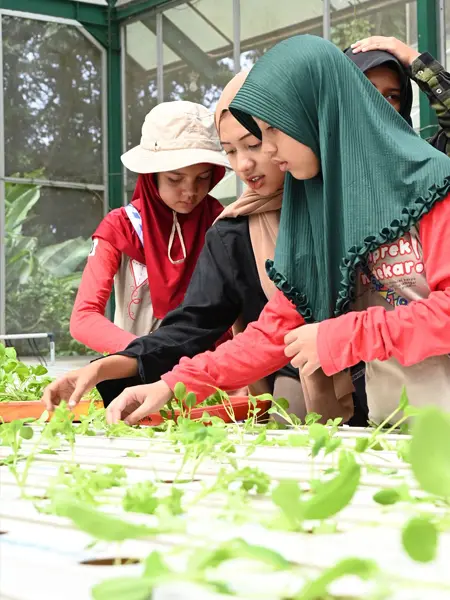
The research titled "Saving Biodiversity Through the Inclusion of Environmental Education in the Curriculum of ASEAN High School and Vocational School: Survey, Validity, and Reliability Test," led by Risa Rosita, M.Si., Head Section of Environmental Technology & Security at SEAMEO BIOTROP, explores the integration of biodiversity education in high school curriculums across ASEAN. Conducted over four months from January to April 2023, the study assesses students' awareness of tropical biodiversity, identifies educational gaps, and proposes policy recommendations for enhancing biodiversity education. The research underscores the critical role of environmental education in fostering conservation awareness, aiming to publish its findings in Scopus-indexed journals and popular magazines. The methodology includes surveys and tests to evaluate students' knowledge and curriculum effectiveness, with results indicating significant awareness gaps. The study provides actionable insights for policymakers, educational institutions, and governments to improve biodiversity education, ultimately benefiting students, institutions, and regional environmental conservation efforts. Read more...
SEAMEO BIOTROP invites submission of scientific manuscripts (Research Paper, Short Communication and Review Article) on tropical biology and related subjects to be published in its scientific journal called BIOTROPIA. Only manuscripts that have passed the external peer review shall be published. BIOTROPIA is a Scopus-indexed journal since 2012.









